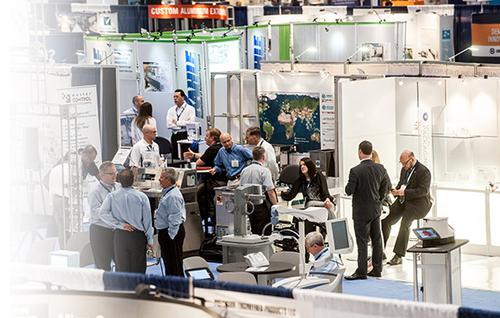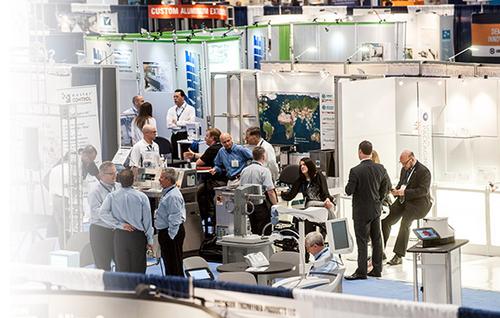June 10, 2015

If you're looking for evidence of Industry 4.0 -- the German-based designation for the fully automated and connected plant -- there are a handful of industry experts at the Atlantic Design & Manufacturingshow in New York this week discussing its progress and predicting when it will appear. The conclusion -- it will appear in the next five to 10 years.

At the full-day conference, Advancing the Smart Plant, nine speakers discussed the range of emerging technology that is generally viewed as the backbone of Industry 4.0. They include additive manufacturing, the Internet of Things, Big Data, distributed information systems, predictive maintenance, mass customization, and a peace agreement between OT (plant control) and IT (the enterprise folks). The conclusion across the presentations is that the technology elements exist to create advanced manufacturing, but it will take at least another decade before the elements coalesce into a truly advanced and efficient automated reality.
MORE FROM DESIGN NEWS: The Plant's Been Smart for Years
The many speakers were surprisingly unified in their vision of a far more efficient manufacturing process that's on its way. They painted a picture of distributed control, flexible production, greatly improved quality, and secure networks. One of the barriers is change management. We have to think differently. Sandy Munro, CEO of Munro and Associatessaid progress will require significant creativity and disruption. Nuzha Yakoob, product manager at Festo, noted that one of the barriers is central control of data flow and decision making. We have to stop channeling all data into the center and back out.
MORE FROM DESIGN NEWS: Omron: Manufacturing Inches Toward Industry 4.0
A number of speakers pointed to significant progress toward Industry 4.0, even if none claimed we were quite there yet. Thomas Nuth, global vertical manager at automation provider, Moxa, explained how the use of Big Data has helped the oil and gas industry slash production costs while improving yield. Eric Foellmer, marketing manager of Rethink Robotics, explained how collaborative robots such as Baxter are bringing flexible automation to small-and mid-size companies.
MORE FROM DESIGN NEWS: China Aims for Industry 4.0 by 2025
All speakers -- even the most skeptic -- brought encouraging news. While they were clear that Industry 4.0 is still a few years away -- the notion was that we're probably at Industry 3.5 -- they all delivered evidence that manufacturing is moving us beyond Industry 3.0 -- the computerization of manufacturing -- and into a territory of connected technologies. Progress is appearing, manufacturing is making productivity gains, but greater advances are yet to come over the next decade.
Rob Spiegel has covered automation and control for 15 years, 12 of them for Design News. Other topics he has covered include supply chain technology, alternative energy, and cyber security. For 10 years he was owner and publisher of the food magazine, Chile Pepper.
About the Author(s)
You May Also Like





